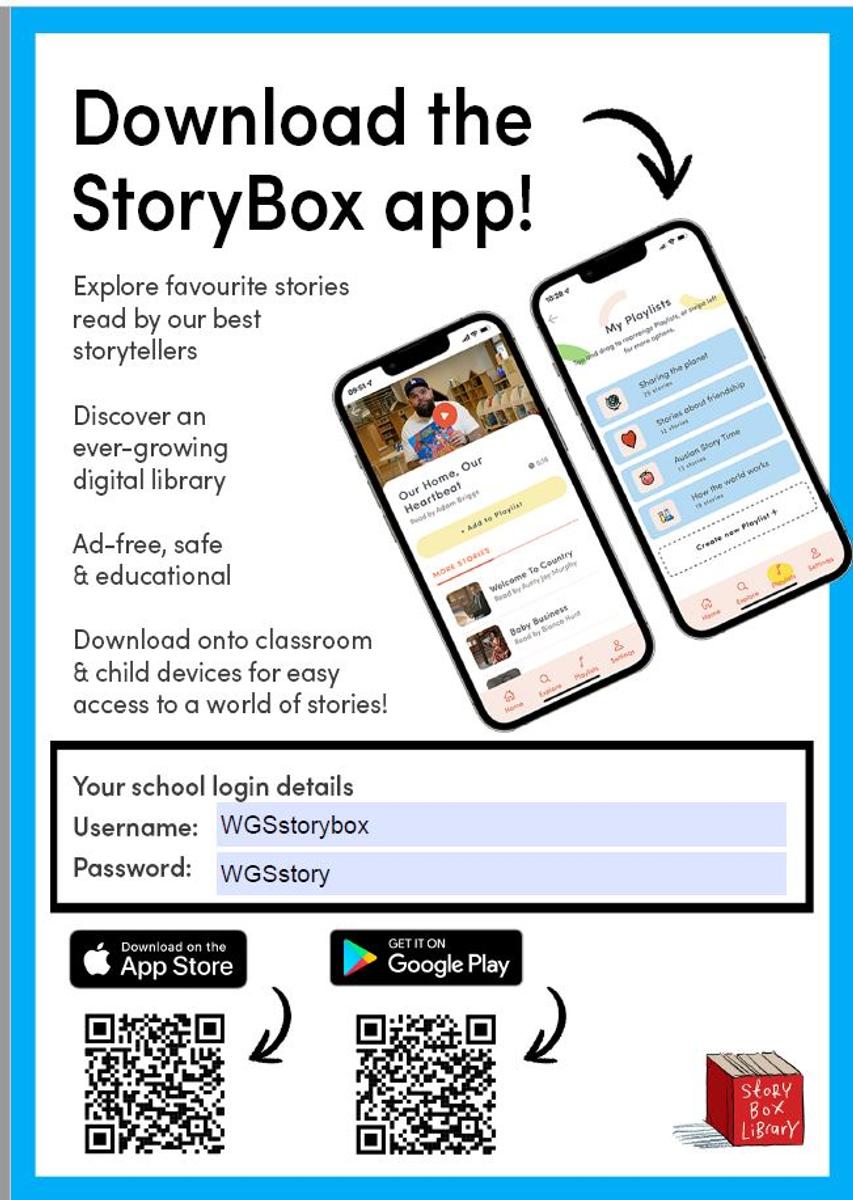Teaching and Learning

Phonics Screening Check
Over the next 3 weeks all Year 1 students in SA public schools will be tested using the Phonics Screening Check (PSC). It is an assessment of 40 words- 20 real words and 20 nonsense or pseudo words. It helps teachers measure how well students are learning to decode and blend letters into sounds. Words at the beginning of the check are the simplest and then become increasingly complex. The benchmark is 28 or more words correct out of 40. Each student will complete the test 1:1 with their classroom teacher.
NAPLAN 2023 – Student Results/Reports
This week you will be receiving your child’s NAPLAN results. We wanted to share some important information with you before reading your child’s NAPLAN report.
NAPLAN (the National Assessment Program – Literacy and Numeracy) is a national test undertaken by all Year 3, 5, 7 and 9 students, designed to provide information about student’s literacy and numeracy achievements and areas for improvement. NAPLAN tests are one aspect of our school’s assessment and reporting processes, they do not replace the extensive, ongoing assessments made by teachers about your child’s achievement. Your child’s teacher will have the best insight into your child’s educational progress. NAPLAN results provide additional information, which can be used along with our other assessment and testing.
As a school we analyse NAPLAN data at a whole school, cohort (year level), and individual student level. This enables us to identify trends and to evaluate individual students’ skills in key areas of literacy and numeracy, providing valuable information about their strengths and areas for improvement. Teachers then plan their teaching and learning programs accordingly to support each individual student’s learning through quality teaching practice.
This year there have been changes to the NAPLAN reports to include new Proficiency Standards which commence from this year. Your child’s NAPLAN report will show how your child is tracking against four achievement levels known as proficiency levels.
The proficiency levels are:
- Exceeding: the student’s result exceeds expectations at the time of testing.
- Strong: the student’s result meets challenging but reasonable expectations at the time of testing.
- Developing: the student’s result indicates that they are working towards expectations at the time of testing.
- Needs additional support: the student’s result indicates that they are not achieving the learning outcomes expected at the time of testing. They are likely to need additional support to progress satisfactorily.
Therefore, “If your child is in the Strong or Exceeding category, it means they have demonstrated proficiency and that their literacy or numeracy skills are where they should be at this stage of their schooling. If your child has not yet achieved proficiency, then they will either be in the Developing category or the Needs additional support category.” (ACARA CEO, David de Carvalho)
When you read your child’s report, please take the time to celebrate the success that you see and/or identify areas for improvement. If your child is concerned with their results, remind them that NAPLAN isn’t a pass or fail test and there are no rewards or penalties for the result your child achieves. Rather, their report is a point in time snapshot of their achievements in the important areas of literacy and numeracy and their results will help their teacher to provide additional support in their learning.
Below are some of the ways that our teachers provide additional support through quality teaching practice to meet learner’s diverse needs:
- intentional teaching – building on strengths, interests, ideas and needs
- explicit teaching
- gradual release of responsibility
- modelling: I do it
- guided instruction: we do it
- collaborative learning: you do it together
- independent learning: you do it alone
- graduated tasks: easy tasks to hard tasks
- inquiry based learning
- cooperative learning – working with others
- thinking routines – strategies that can be used repeatedly to promote and support thinking
- scaffolding
- providing materials that reflect a variety of cultures, environments and settings such as those experienced by students from non-English-speaking environments.
- stocking the classroom with a range of quality resources to engage learners of different abilities
- providing alternative representations of resources
- visual and technological supports.
If you have any further questions or concerns regarding your child’s NAPLAN report, please do not hesitate to contact your child’s teacher.
Available for our School Community
